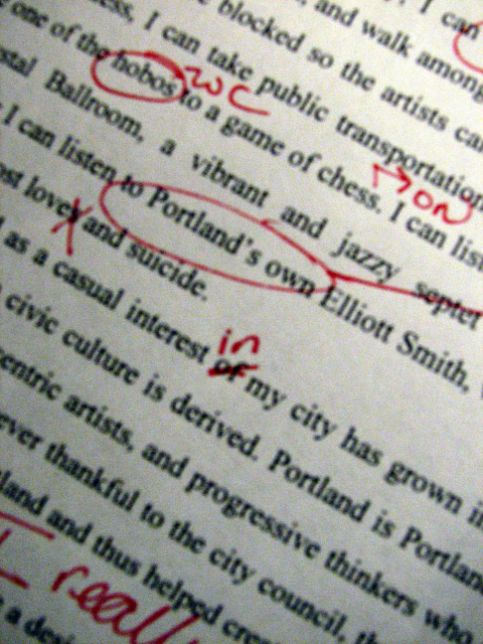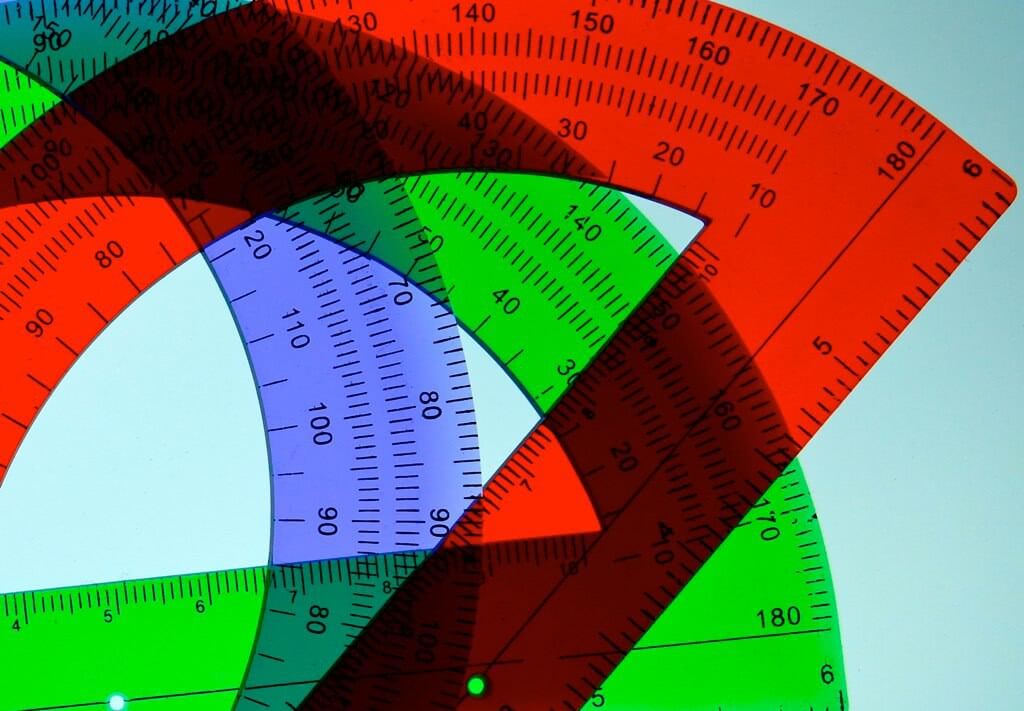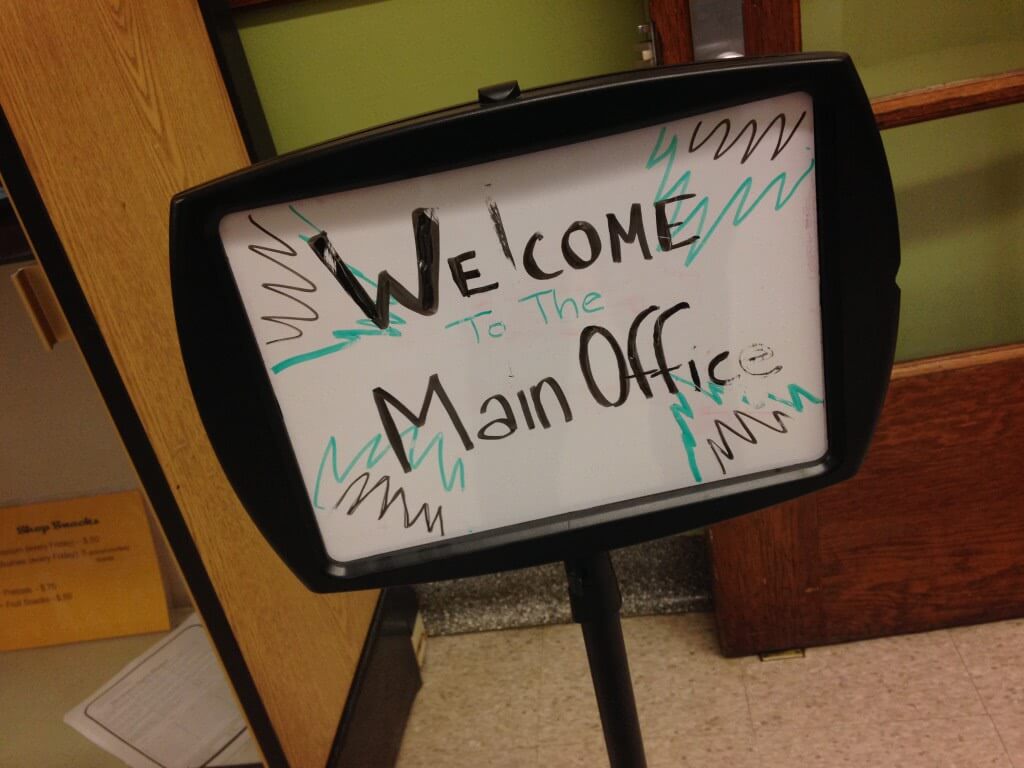
Source: Flickr user dietpoison.
The new SAT writing and language test consists of 44 questions to be answered in 35 minutes. This is about half of the time allotted in the previous version (60 minutes) but only 5 fewer questions. That means the question/time ratio has gone from 73 seconds per question to slightly less than 48 on the new test. What?!
Something drastic had to have changed then, right? Well, yes and no.
What’s In the new SAT Writing & Language Test
No more crazy vocab analogies!
Similarly to the reading test, the writing and language test will include passages with corresponding multiple-choice questions. The test taker is asked to assume the role of the editor. You will read, find mistakes or weaknesses in the passages, and correct them.
Some passages might include tables or other graphics–don’t worry, you won’t have to do any math. However, you will have to be able to interpret what you’re seeing to determine whether or not the data is being accurately represented.
The passage topics will vary. You will encounter a nonfiction narrative about a career, history, social studies, humanities, and/or science. Passages might also come in the form of an argument or persuasive piece.
What You Need to Know for the SAT Writing & Language Test
This is a test of your real-world editing skills. That means you’ll be asked to read and evaluate a paper as if you were reviewing an essay for your peer. Find mistakes, provide critical and constructive feedback, and improve the overall strength of the writing presented.
Expect the “which answer improves this sentence” type of question. According to College Board, this test measures 5 different skills. Here’s the breakdown:
1. Command of Evidence: How is the author developing their ideas?
- Add supporting detail
- Sharpen an argument–what could the author have said here instead?
2. Words in Context: Change the wording of the passage based on surrounding text
- Improve word choice
- Taking tone and style into consideration, improve syntax or make the passage more concise
3. Analysis in History/Social Studies and Science: Is the information presented in these passages accurately supporting the data?
- This is probably where you will run into graphs, tables, charts, and other supporting evidence
- Does the statement match the data? Is the important data being highlighted?
4. Expression of Ideas: Questions about passage organization and how well sentences and paragraphs work together
- Again, questions will be about re-ordering sentences within a paragraph and other structural changes
- Are there words that could be replaced to have a greater impact on the reader?
5. Standard English Conventions: Sentence structure, usage, and punctuation
- Anything and everything covered in a Language Arts class
- Word choice, sentence structure, clauses, and punctuation
- Must-Know: Verb tenses, subject-verb agreement, and comma usage rules
So, instead of memorizing 1,000 obscure vocabulary words, spend some time reading and critically analyzing the author’s claims. You should be doing this while you’re studying for the reading section anyway, so it works out perfectly.
Make sure you go over your standard English rules for grammar and punctuation. The test is supposed to measure how well prepared you are for college. And I promise, knowing how to structure a sentence will actually be beneficial after high school.
If you’d like to take a look at a few sample questions, visit College Board’s website. There you can read the actual introduction to the test that you’ll see on test day as well. You can also use their new study guide.
Check out this page for a list of 5 online SAT test prep resources for the new SAT.





